
One of the most perplexing problems facing the legal system in the United States in the nineteenth century was how to respond to the unprecedented rise in accidents accompanying industrialization. Offering unique insight into the law's solution to that problem, Nan Goodman reproduces for us the larger cultural narratives in which lawyers and judges operated. The end result is a fascinating story about how people in the nineteenth century dealt with questions of blame, responsibility, and human agency.

Brook Thomas, author of
Cross-examinations of Law and Literature and
American Literary Realism and the Failed Promise of ContractShifting the Blame offers a compelling new way of understanding the importance of the negligence paradigm to the culture of an industrializing society. This innovative study makes a major contribution to the developing field of law and literature.

Maxwell Bloomfield, The Catholic University of America
Nan Goodman has a Ph.D. in English and American Literature from Harvard and a J.D. from Stanford. She is associate professor of English at the University of Colorado at Boulder.
SHIFTING THE BLAME
LITERATURE, LAW, AND THE THEORY OF ACCIDENTS IN NINETEENTH-CENTURY AMERICA
Nan Goodman
First published 1998 by Routledge
Published 2013 by Routledge
2 Park Square, Milton Park, Abingdon, Oxon OX14 4RN
711 Third Avenue, New York, NY, 10017, USA
Routledge is an imprint of the Taylor & Francis Group, an informa business
Copyright 1998 by Princeton University Press
All rights reserved. No part of this book may be printed or reproduced or utilized in any form or by any electronic, mechanical or other means, now known or hereafter invented, including photocopying and recording, or in any information storage or retrieval system, without permission in writing from the publisher.
Library of Congress Cataloging-in-Publication Data
Goodman, Nan, 1957-
Shifting the blame : literature, law, and the theory of accidents in nineteenth-century America / Nan Goodman.
p. cm.
Includes bibliographical references (p.) and index.
1. American literature19th centuryHistory and criticism. 2. Accidents in literature. 3. Accident lawUnited StatesHistory19th century. 4. Legal stories, AmericanHistory and criticism. 5. Law and literatureHistory19th century. 6. Responsibility in literature. 7. Negligence in literature. 8. Blame in literature. I. Title.
PS217.A25 G66 2000
810.9355dc21 99-048162 CIP
ISBN 13: 978-0-415-92684-3 (pbk)
For Erik Urdang
Contents
Chapter One
Introduction
Chapter Two
A Clear Showing: The Problem of Fault in James Fenimore Coopers The Pioneers
Chapter Three
Negligence before the Mast: Ship Collisions and the Nautical Literature of the Mid-Nineteenth Century
Chapter Four
Nobody to Blame: Steamboat Accidents and Responsibility in Twain
Chapter Five
The Law of the Good Samaritan: Cross-Racial Rescue in Stephen Crane and Charles Chesnutt
Chapter Six
Stop, Look, and Listen: The Signs and Signals of the Railroad Accident
Chapter Seven
Epilogue
FOR GUIDING the early drafts of this book when it was a dissertation at Harvard University, and for helping me to imagine and then investigate aspects of the various chapters that would otherwise have remained hidden from me, my thanks go first to Professor Elaine Scarry. While words may never adequately express the gratitude I feel for the direction Professor Scarry provided, I wish here to acknowledge the tremendous influence she has had on me. Her astonishing insights, her intellectual generosity, her deep concern and careful attention to the logic of my thoughts and prose, have marked not only this book but my habit of mind in general and my continuing enthusiasm for the study of literature, language, and history. I also especially want to acknowledge and express my thanks for the guidance of Professor Sacvan Bercovitch, who encouraged and directed my work on this project from the beginning, and who urged me to pursue the field of law and literature in the first place. Professor Bercovitch combines brilliance and compassion in a way that helped to sustain me when I was a graduate student and that continues to inspire me as a teacher and scholar.
I also owe an enormous debt of gratitude to Professor Brook Thomas, who read the manuscript in its penultimate draft and who was especially generous with his reflections on my work. His extensive commentary on and his detailed suggestions for how to make the book more inclusive and more focused on the subject of agency and responsibility were crucial in my reshaping of it. The book benefited from the careful readings of many friends and colleagues. In particular I wish to thank Professors David Simpson, Margaret Ferguson, Anne Janowitz, and Richard Halpern. Without their helpful suggestions and encouragement, the manuscript would never have survived to see a better day. Special thanks are due to Professor Nancy Ruttenburg, in whose class I was first given the forum, as a graduate teaching assistant, to try out my ideas for the book. Her extraordinary kindness, critical intelligence, rib-tickling humor, and friendship have kept me going me throughout this project and have allowed me to test many of my wildest ideas without fear of humiliation or reprisal. I want too to thank Professor Lee Krauth for his invaluable contributions as a Twain scholar to .
Many members of the library staff at Harvard and at the University of Colorado have been crucial in helping me find my way through vast source materials. But two in particular stand out. Lee Ann Walther, a reference librarian at the University of Colorado Law Library helped me hunt down obscure cases and treatises at a moments notice and did so with a cheerfulness and expertise that floored me. Lynnette Westerlund, a library technician in the Interlibrary Loan Office at the University of Colorado Libraries also went beyond the call of duty in managing the many requests I made over the years. For providing me with crucial research time, I wish to thank the National Endowment of the Humanities for the year-long fellowship during which I wrote much of this book, as well as the University of Colorado and its English Department for a semesters research leave.
In its final stages, this book also benefited from the help of many people. I am grateful to my editor at Princeton University Press, Deborah Malmud, who helped me to rethink many aspects of the law and literature connection and who has handled it with a wisdom, courtesy, and friendliness that have put me at ease. Bill Laznovsky at Princeton University Press also did a wonderfully sensible and thorough job of copyediting the manuscript. Thanks also go to Professor Wai Chee Dimock, one of the Presss readers, for her marvellously helpful comments and close reading of the manuscript, as well as to Professor Maxwell Bloomfield whose comments on the legal narratives of the book made it much tighter.
The members of my family also deserve mention here, not only for their inspiration and support, but for their interest and resourcefulness. My sister, Susan Goodman, who was always ready with examples of books containing accidents that often found their way into the manuscript, also proved enthusiastic about the project when I could no longer conjure up any enthusiasm on my own. She has been the most supportive and encouraging of sisters. I would also like to thank my mother, Ruth Goodman, for making up the rule when I was a child that while I might not always get the toy I demanded, I could always get a book, and for instilling in me the love of literature that underwrote such a rule; and especially my father, Norman Goodman, for helping me to track down a source for several of the photographs that appear in these pages, but more important, for showing me, through his own enlightened practice of it, that the law was a fertile area for thought and interpretation. Thanks too to my sister-in-law, Gwen Urdang-Brown, for expressing interest in the manuscript in its various incarnations and for doing much legwork to get and the countless conversations we had about the logic of that chapter and of the book as a whole were invaluable to me in rewriting much of the manuscript.


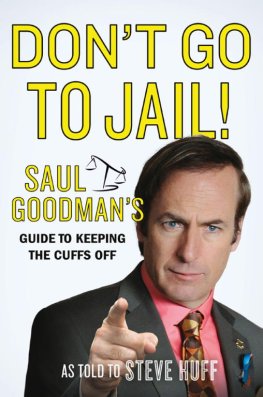
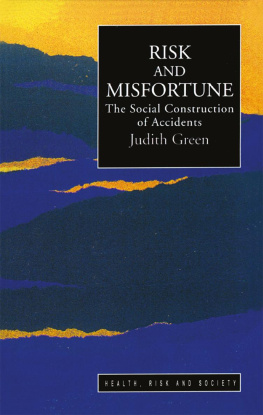
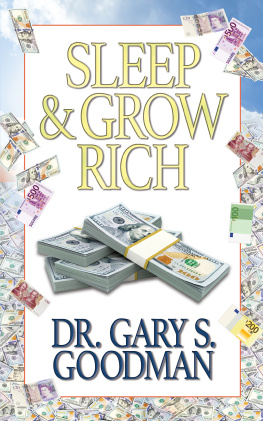
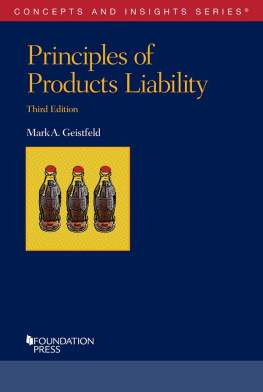
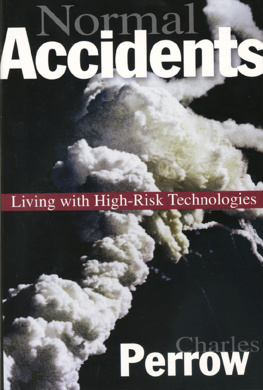
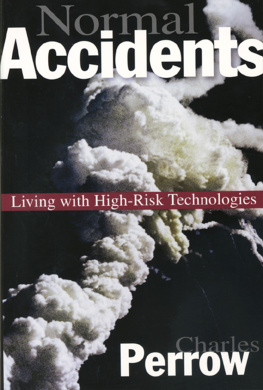
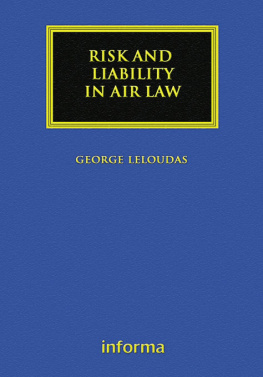

 Brook Thomas, author of Cross-examinations of Law and Literature and American Literary Realism and the Failed Promise of Contract
Brook Thomas, author of Cross-examinations of Law and Literature and American Literary Realism and the Failed Promise of Contract